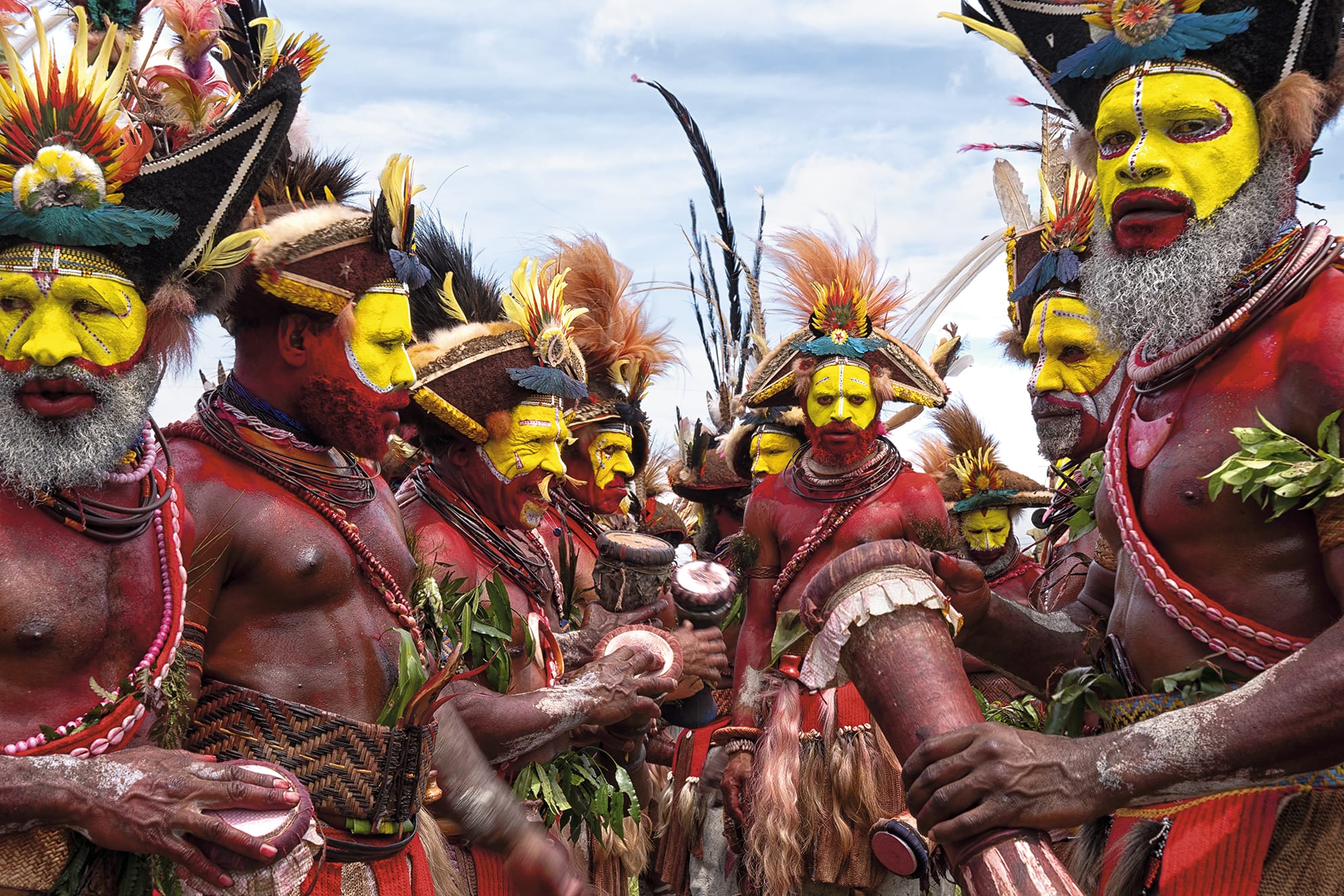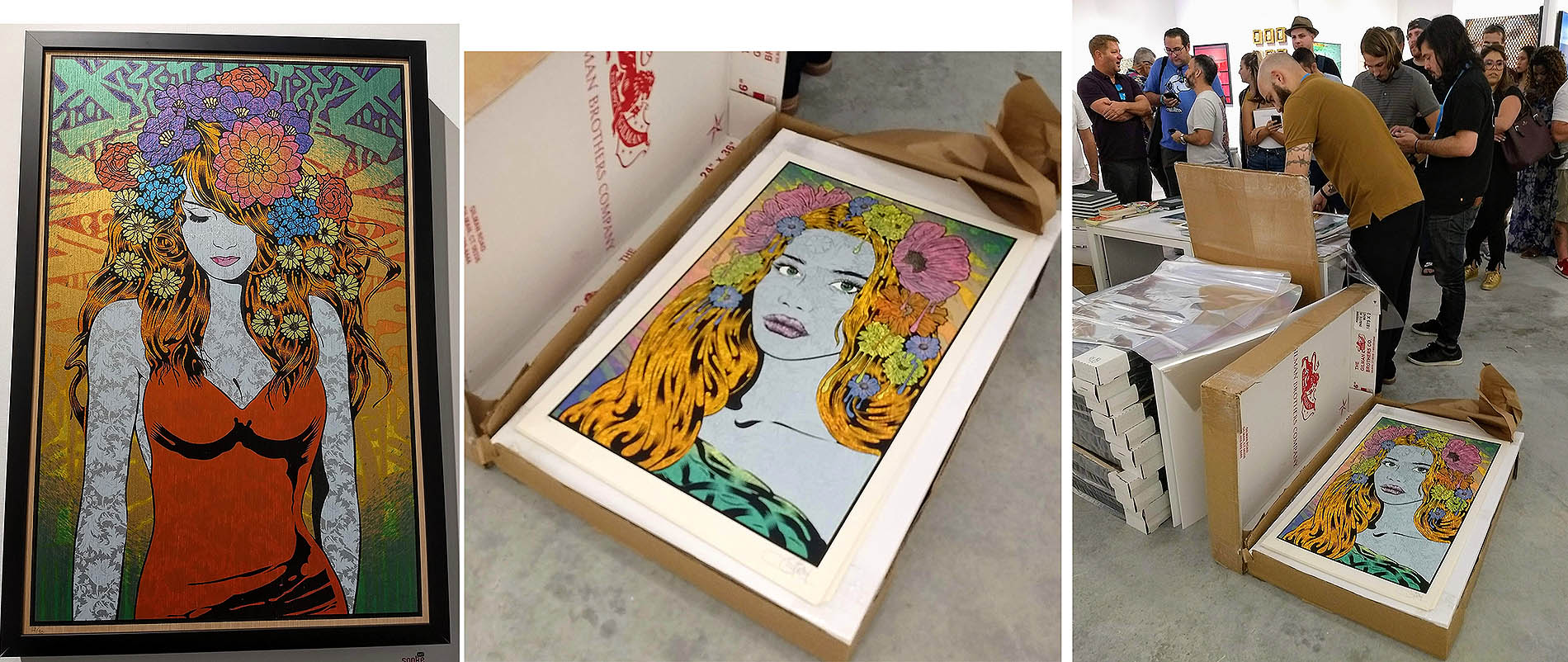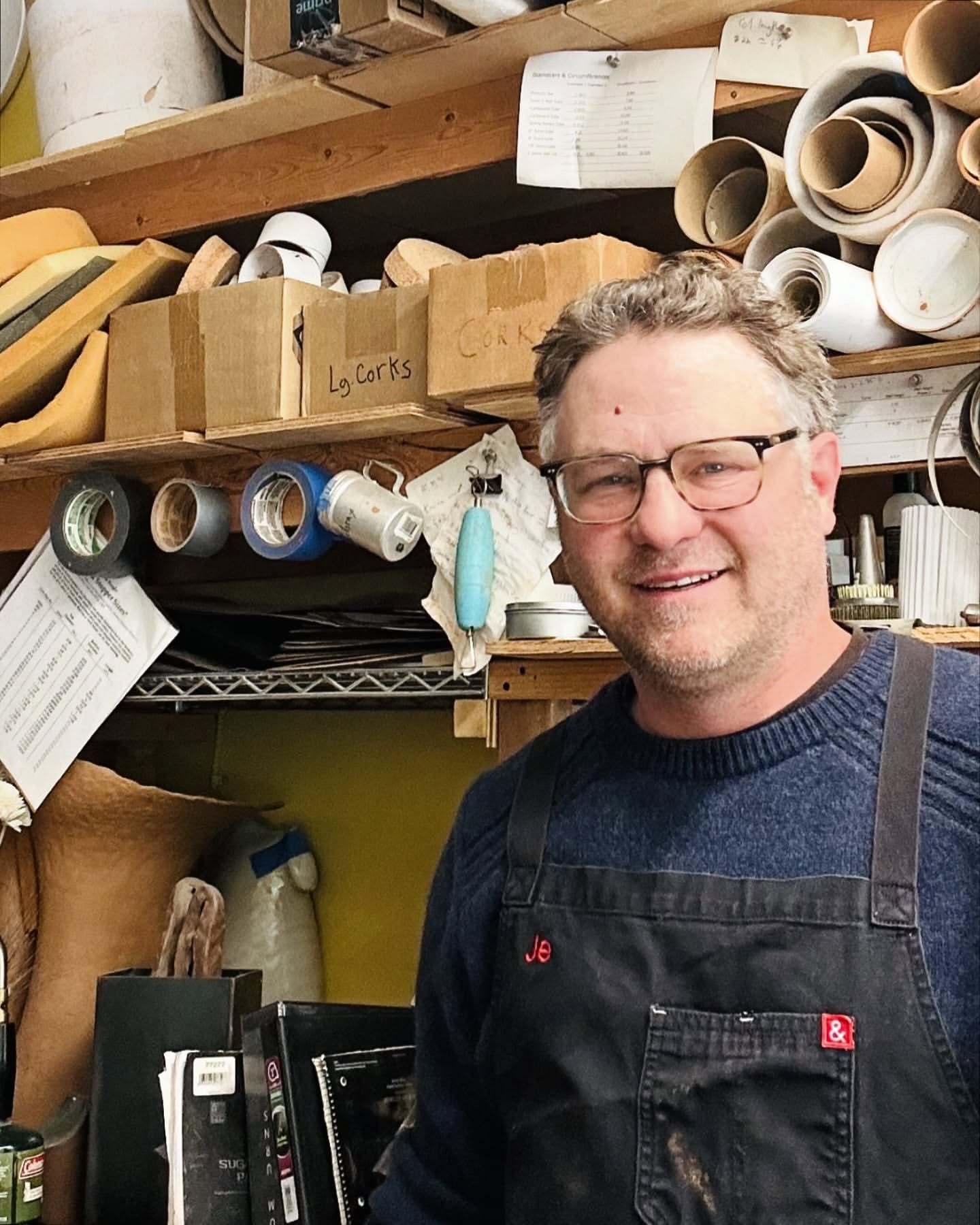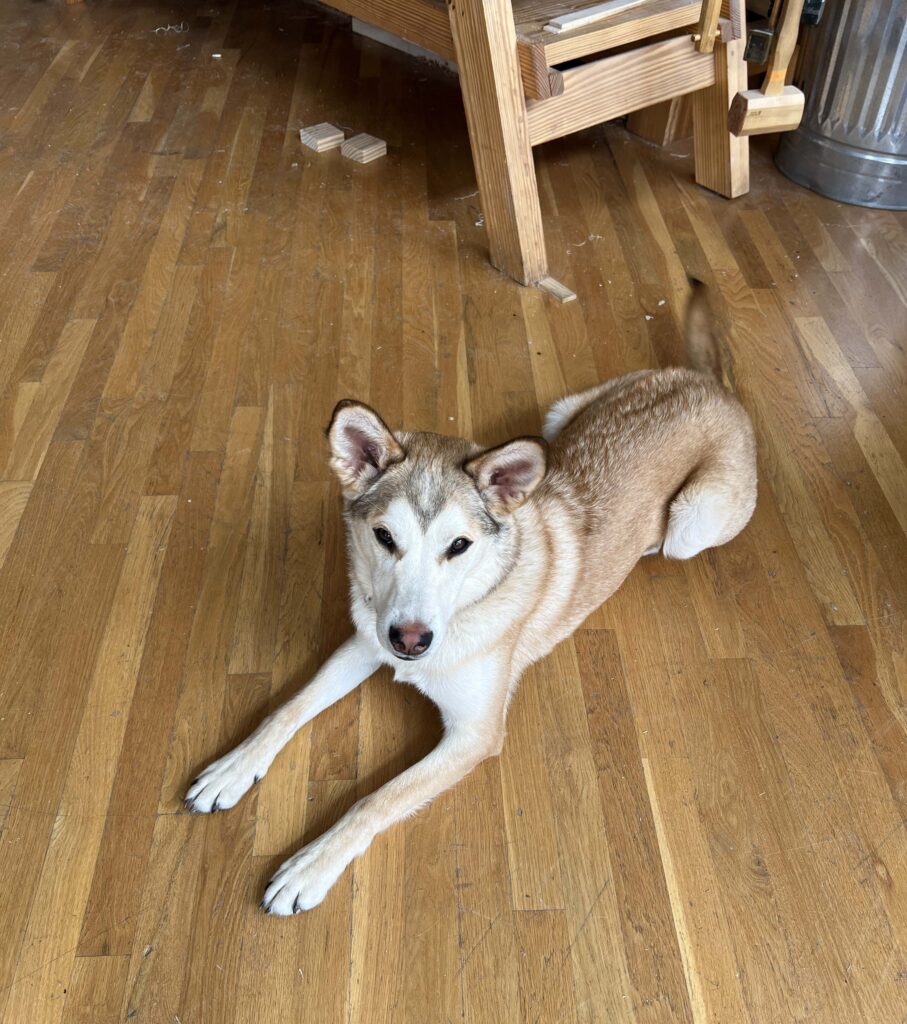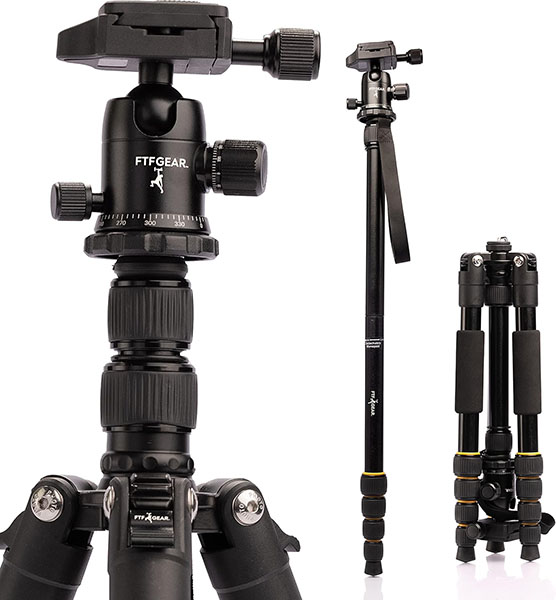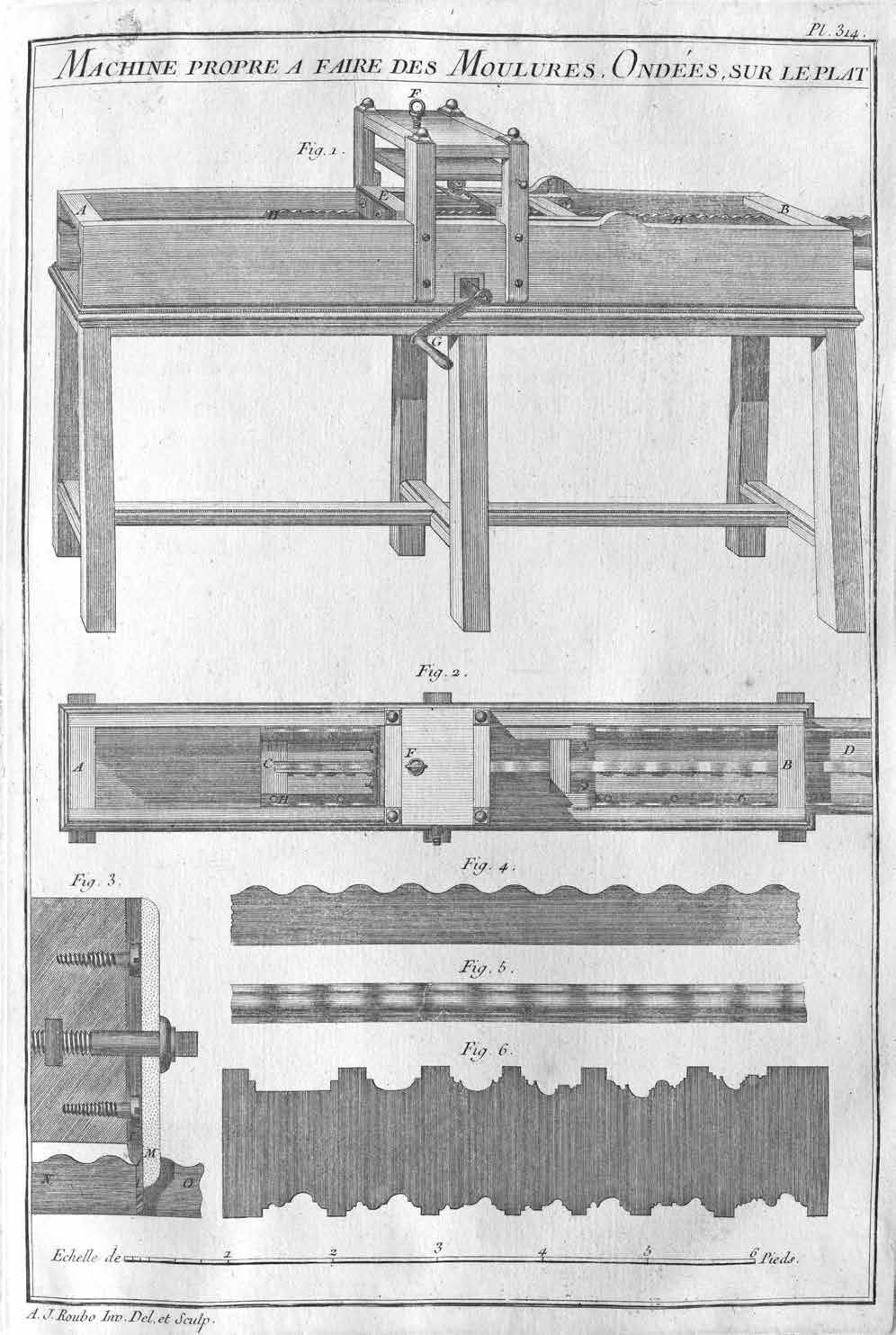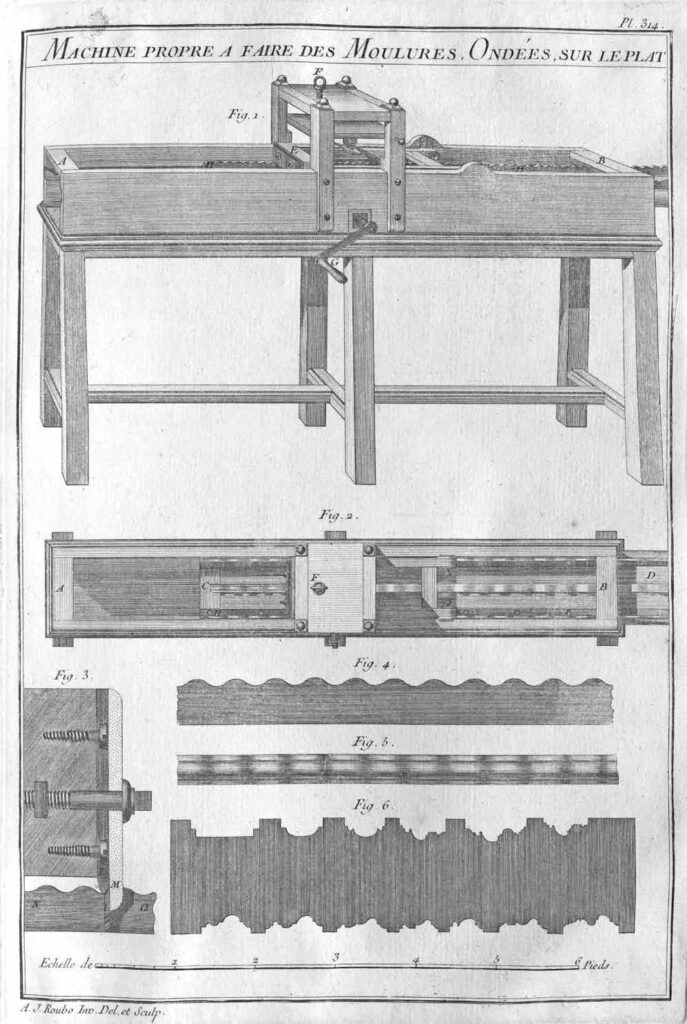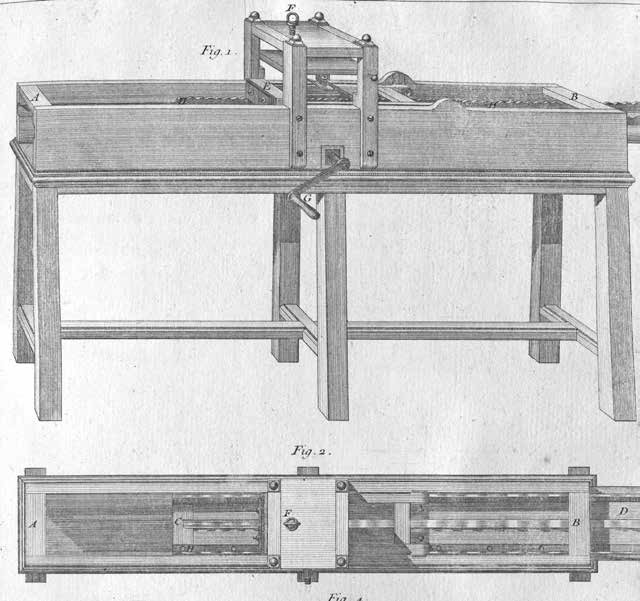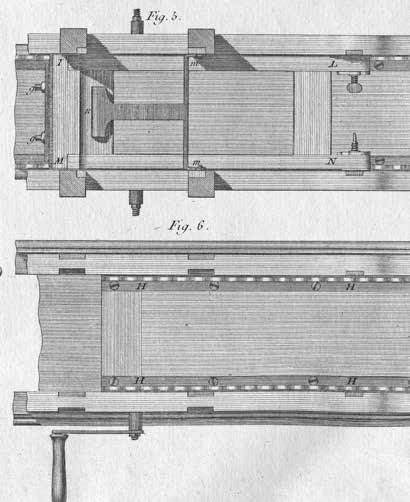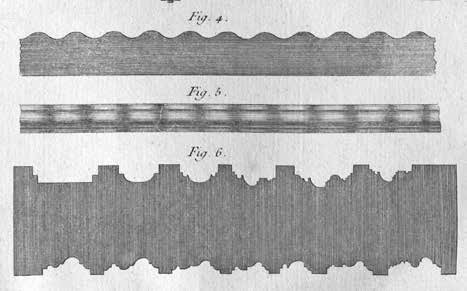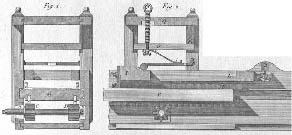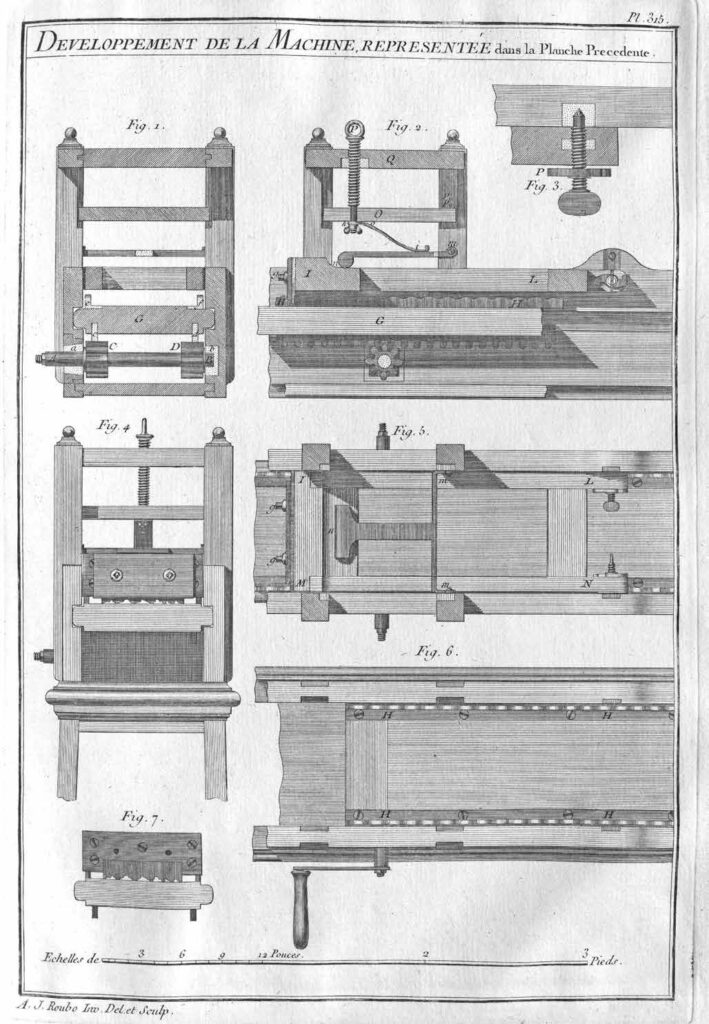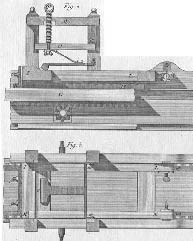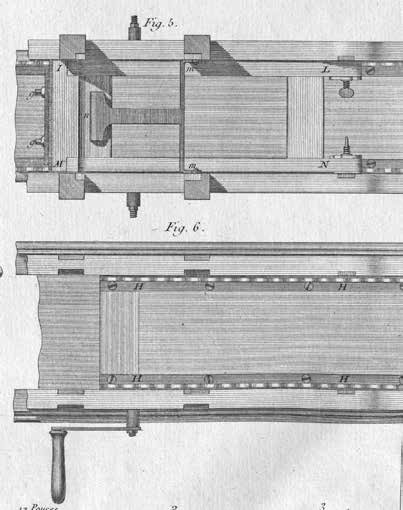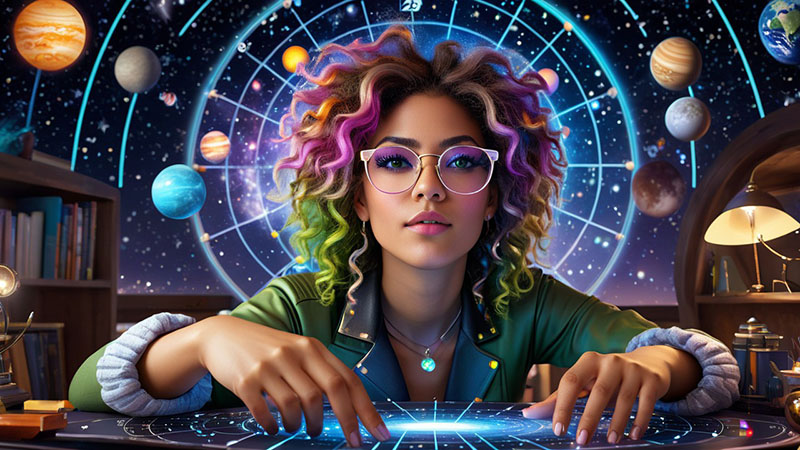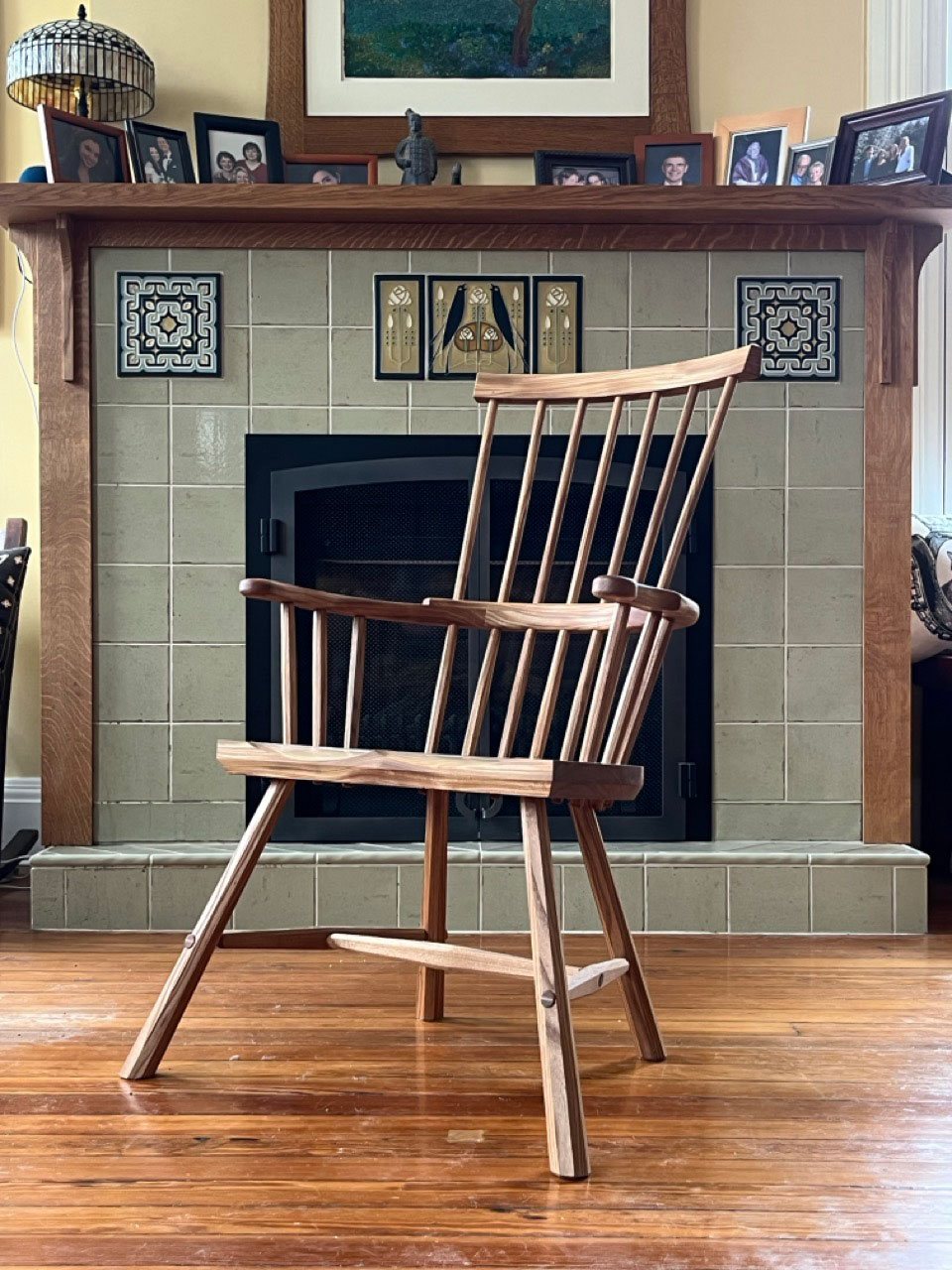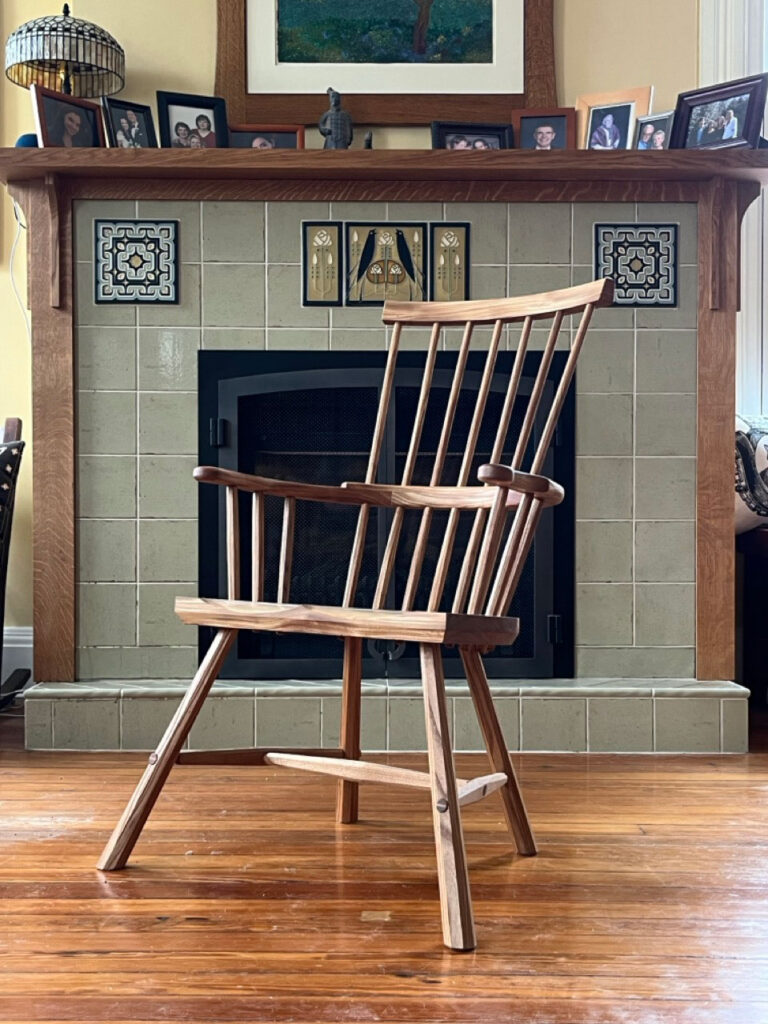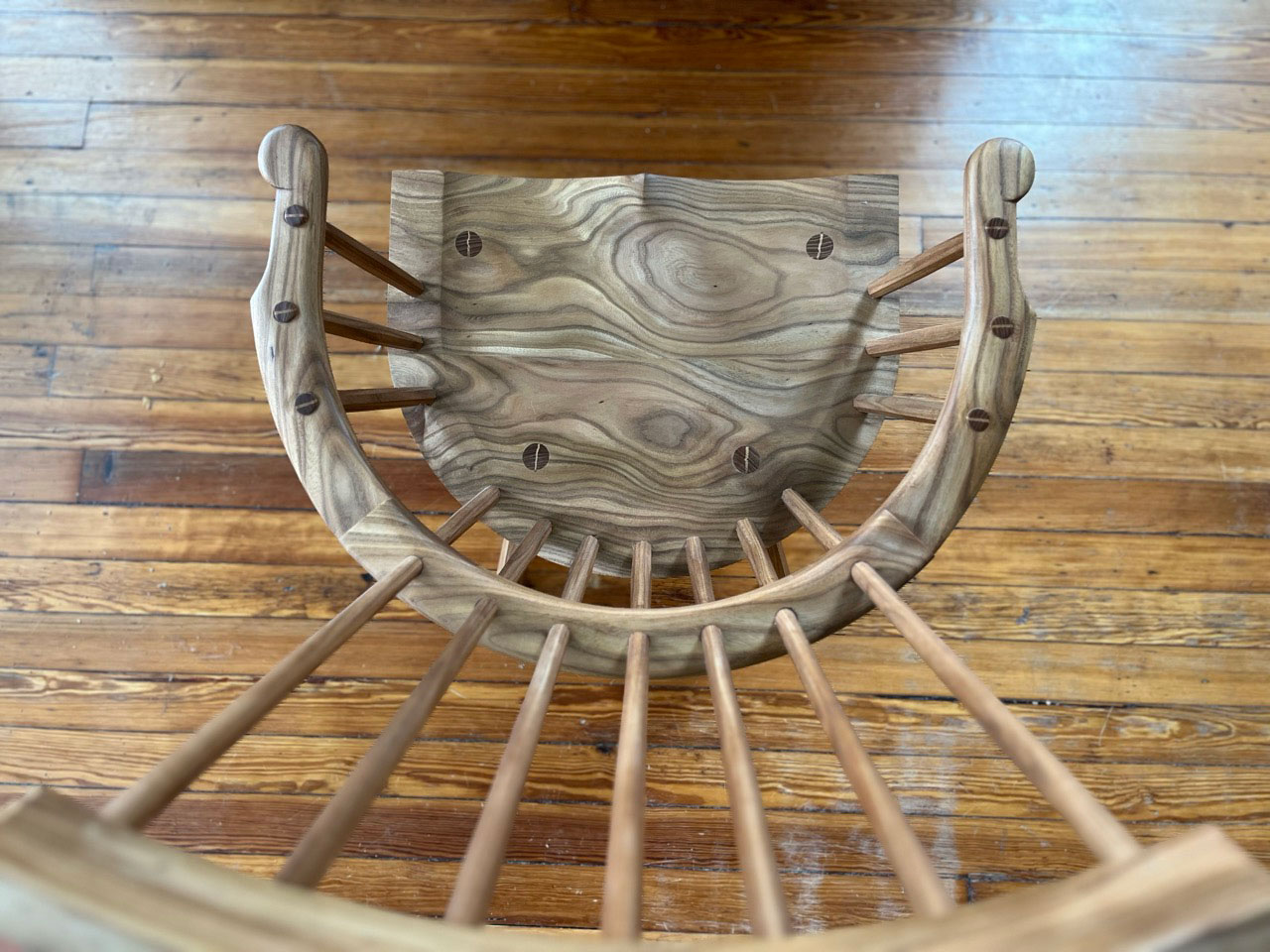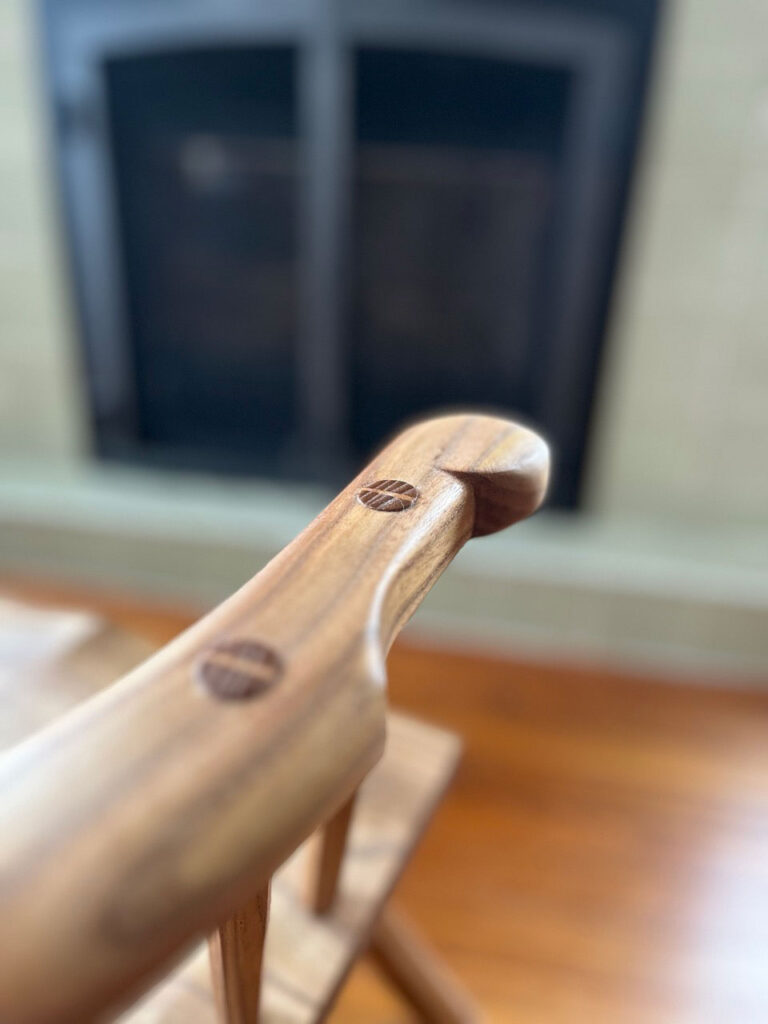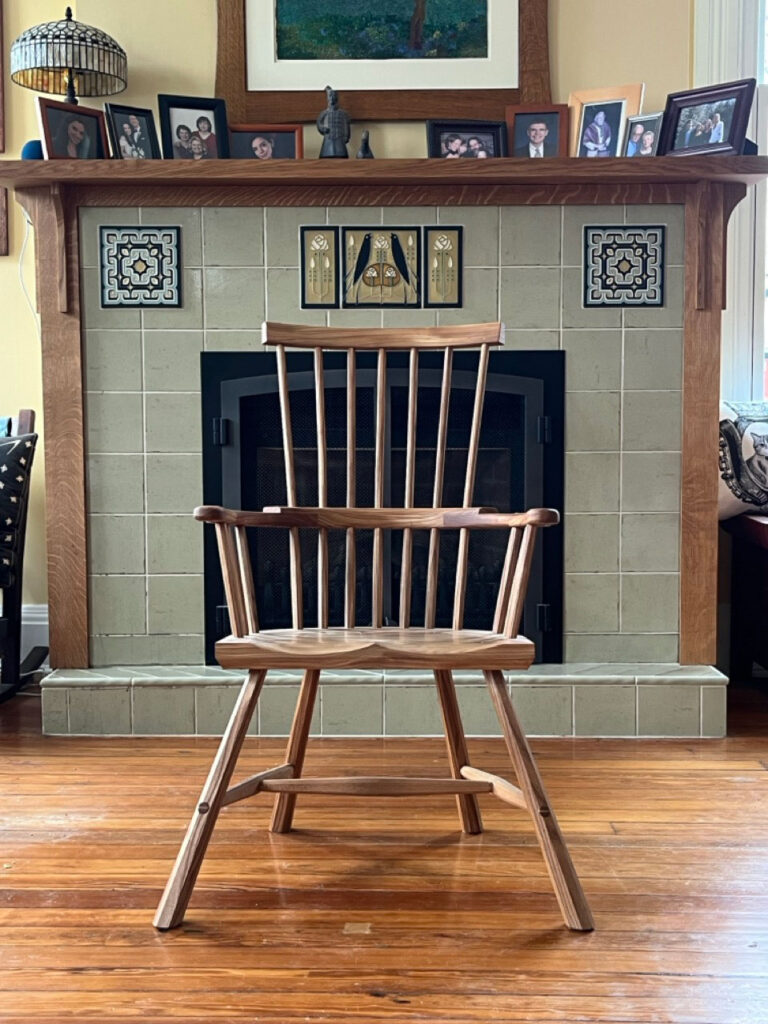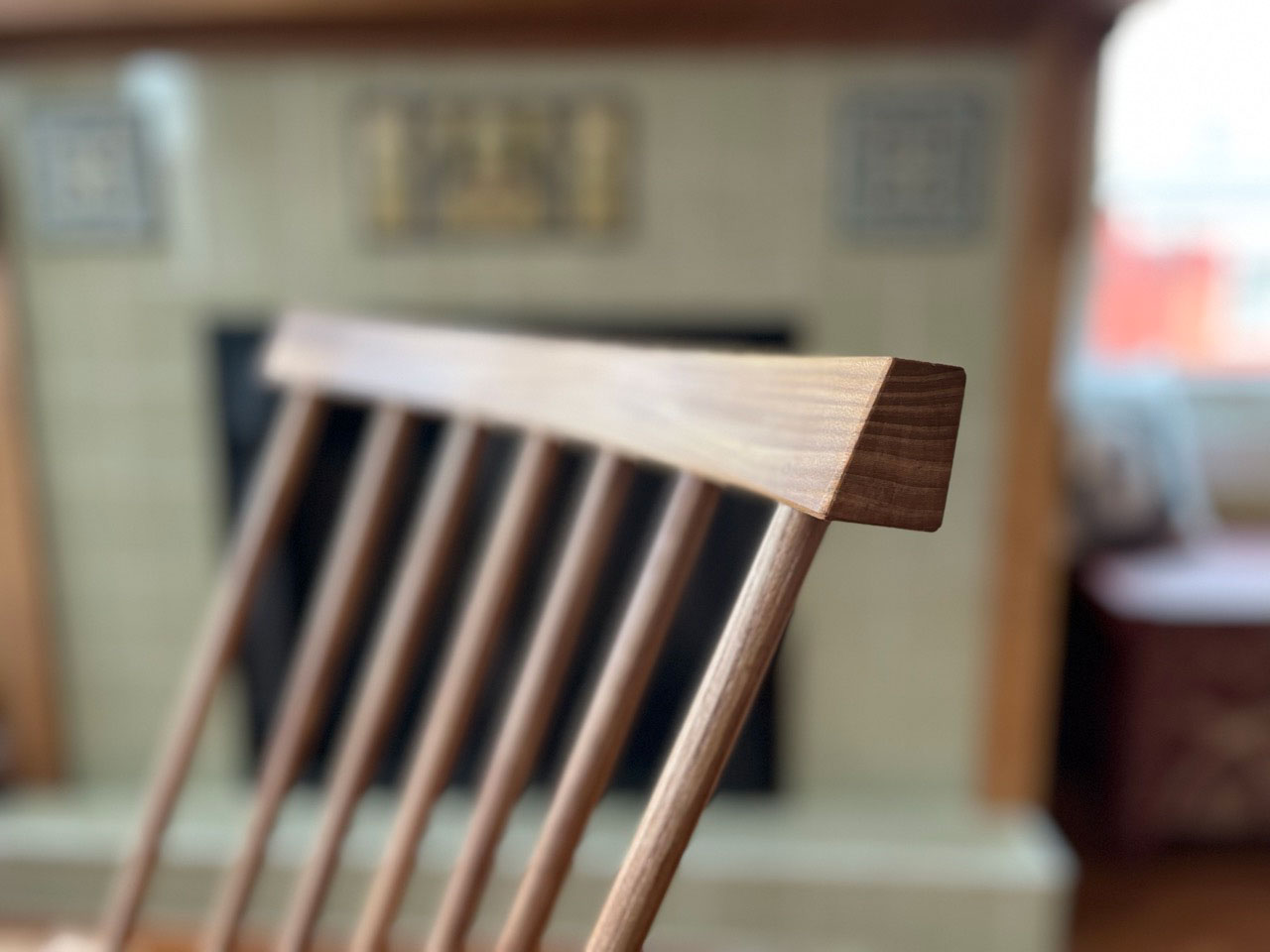When it comes to writing new
articles I have a process that I have to follow. It usually involves late
nights, early mornings, lots of coffee, and copious amounts of research because
I want every reader of my site to go away with the best information and to come
back next week when they’re ready for more.
So that’s exactly what I did
when I began preparing this article, and oh my life, did my eyes get opened!
This week we will be looking at the side hustle, the sideline that an artist
can use to pay the bills in between major works and commissions, or at least
that’s the theory. Sometimes, the side hustle can be a huge side hassle that
can pull you as far away from your art as possible.
So, in my quite literally,
weeks of undertaking research to figure out what kind of side hustle might bear
more low-hanging fruit, I discovered that hundreds of websites had already
covered the subject. I distinctly remember thinking that my work here has
already been done and I would need to select the next subject on my list of
must-write articles, or at least that was until I read them.
The thing is, I have
absolutely no idea who even wrote some of what has been written on some of
these websites purporting to have the insight that would point an artist towards
a side hustle that would complement their art practice, because in no way, in
any universe, would less than a tenth of what’s been written and described as a
fruitful side-hustle complement your art practice or pay any bills, not even
your Netflix subscription. And besides, none of the themes was exactly what you might call easy side
hustles either.
Want to know what most of
these websites thought the highest paying side hustle would be for a visual
artist? YouTube. Apparently, you can earn mega-dollars just by being you in
front of a camera and uploading the finished video to the Tube of You. Yep, no
you can’t. Well, you can, eventually, you know, when you have as many viewers
as the Pew di Pie character, but that’s never going to happen with visual art
unless you are already established or your name is Banksy.
Sadly, that’s the cold reality
of YouTube, there’s just so much competition for the same eyes and there are so
many artists, all vying for the same viewers. So, unless your production
quality is on a par with those who are getting the big views and your content
is different enough to stand out, YouTube will be a long grind that certainly
isn’t as easy as all of these websites will have you think.
 |
| Oh My Gogh Art Supplies by Mark Taylor – art supplies can be a lucrative side hustle for artists too! |
Another one that appears on
the many lists that promise your days of scratching a living will be over, is
the tip that I’m sure no artist in the history of artists has ever considered.
There’s a hint of sarcasm there, any working artist will be all too familiar
with the grind but the tip in question here is to sell your creativity through
services such as Fiverr and Upwork. At their core, these services pit creatives,
and in fact, pretty much anyone with a pair of hands and a pulse, together with
the intention of offering cheap services that can be ordered by anyone with a
need for a pair of hands to create or do something. They’re popular with
providing the skills to produce things like logos, where the commissioner wants
something as quickly as possible usually for the least amount of money.
To be fair, there are some extremely
talented folk on these services but the way that the services are structured
lends itself to creating an almost disposable talent pool that can be picked up
and put down at will, and the competition and often low-cost services offered
do no one any favours as it devalues the work being done.
Sure, there will be a few who
manage to scrape a living wage creating on these services, but these tend to be
the exception rather than the rule. Mostly, the gigs provide fillers in between
major projects and while they’re especially useful if you don’t already have a
commercial portfolio and need to quickly build one, let’s not think for a
moment that these gigs will be any easier than anything else and, neither will
they necessarily bear enough financial fruit for you to forge a decent living
on.
 |
| The 80s Newsagent by Mark Taylor – Nostalgia is a great side hustle! |
It’s as if whoever has written
these long lists of possibilities hasn’t actually tried any of them out. If
they had, and the ideas worked, most of the authors would be too busy with side
hustles to write such an article in the first place.
As an artist, a side hustle
can be an essential part of the creative journey. Sometimes the hustle is essential
to filling in the gaps between major projects so that the bills can continue to
be paid. That’s not to say that just any side hustle is going to be compatible
with your ambitions to create a successful and professional art practice,
indeed, some side hustles can cast a shadow on what you are trying to achieve
with your art or they can quickly become a distraction that takes your artistic
focus away.
Whatever the side hustle is,
it’s also kind of a bonus, if not essential, that it is also something that you
enjoy doing, otherwise it could become something that is a grind that you then
begin to resent and that would just be miserable. The whole purpose of the side
hustle is to fill in the financial gaps, whether they’re small or big, so it’s
critical that any side hustle you choose is one that can fill whatever gaps you
have or as I intimated earlier, it really can become a side hassle. The more
fun you can have with a side hustle, the better it will be, it should never
start to drain your artistic creativity.
If the last eighteen months
have taught us anything at all, it’s that as artists we need to be resilient.
There have been many artists who went into the pandemic probably thinking that
they would still get to turn up at physical events and keep their art flowing out
through the door. Those that relied on turning up in a physical space had to
refocus their efforts online and if they weren’t prepared for online sales,
will have had a choice to respond quickly or continue to struggle.
 |
| Art Supplies by Mark Taylor – art for artists is another side hustle! |
Other than ideally being fun,
the side hustle should complement your art practice rather than being something
that is disparate from it. You have to avoid confusing the market that you
already have and it’s even better if the side hustle isn’t a single thing.
If we learned any lessons
throughout the pandemic it should have been that plans can change, economies
can stop spending, and even the most resilient businesses faced, and in some
cases continue to face a struggle.
It’s not that any of those
issues have never happened outside of the pandemic, they did and they did
frequently. The art world is perhaps more ebb and flow than most other
businesses even in the best of times but the one thing we did see that we haven’t
seen previously, was the closure of physical spaces. Some people will continue
to buy art whatever the economy looks like, others won’t, or their buying
habits will change, and there have always been busy seasons and slow seasons,
that’s the art world in a nutshell.
What the pandemic did was to
shine the spotlight on the problems that inherently existed in the art world
even before the pandemic and it shone an even brighter light on the changing
buying habits of collectors who for the first time, began to take online more
seriously.
These issues will appear again
in the future, it’s the cyclical nature of the art business and any other
business. So, when it happens again, and it will, the pain will be the same regardless
of the cause. The key is in how well you prepare during the good times so that
you can combat the bad and how prepared you are to counter things like physical
closures which we could one day see again.
Whatever the economy looks
like, it’s just not worth placing any blame for any lack of sales on that
alone, a tumultuous economy is an expected issue that arises over and over in
any business and you really do have to learn to adapt, and in part, accept that
this is generally just how any business really works. It’s not fun, but you can
plan and prepare and at least stave off the worst of it when it happens. Those
who read my previous article on business strategies might be more attuned to
thinking outside of the proverbial box when it comes to preparedness. You can
read that article right here if you missed it.
Having multiple income streams
means that you’re not putting all of your eggs into a single fragile basket,
but it’s how you choose those side hustle that really counts. I mentioned
earlier about making sure your side hustle is compatible with your core business,
but it also has to be compatible with you.
One side hustle might be to
start selling sunglasses alongside your artwork, but wouldn’t that be
confusing? How about selling a professionally created course on how to paint
instead? That certainly sounds like it would have a fit that makes more sense
to the market of an artist. What you are really looking for are business assets
that do most of the heavy lifting for you rather than potentially quick wins
that can turn into an unsustainable grind that takes your focus away from your
core business. You absolutely need something that will be relevant long term if
you want to create a sustainable side hustle.
This is what happens over and
over, side hustles can quickly turn into let’s also do something that will just
make a lot of money fast, rather than being carefully planned to leverage your
core business. Surely the intention, if you’re not selling much art, should be to
do something that has the potential to help you to sell more art if art is
indeed your first passion and you are serious about making a living from it.
If you already have a market,
even if the market is currently spending less, you really don’t want to lose
that market even temporarily. When the market eventually corrects course, you’ll
certainly want them to come back and spend just like they did previously.
An incompatible side hustle
can lose you the business and the market you have strived to build maybe for
years if the side hustle introduces any confusion. So what might be compatible?
Thankfully, I have researched this, spoken with numerous successful creatives,
and have my own experience to draw from after running the side hustle of
creating retro, computer and game-related artworks for more than three decades.
In fact, that was exactly how I originally cut my teeth in the art world so you
could say that the non-computer and game-related art I produce to this day is
probably my original side hustle!
 |
| The Wedding Planner Hussle |
Custom upcycled furniture is
currently hot and it allows you to extend your creativity in new ways, and it’s
not just furniture that you can work with. Custom frames for your work can
extend the story within your art outside of the canvas. Taking a bottle and
decorating it can make an awesome table centrepiece, add sequins to the outside
to give it a shimmering look and feel, or dip it in environmentally friendly
glitter to sit in the middle of a wedding party table, alongside the wedding
party name cards you designed.
If you enter markets such as
those populated by wedding planners, there’s a myriad of options for artists
from producing environmentally friendly confetti out of dried leaves, wedding
invitation design, and there are markets for portrait artists.
 |
| Look towards natural resources to create unique gifts and products… |
Once you begin to open up new
markets you can widen the market even more by offering more compatible items, and
you can even customise almost anything to make it bespoke for your clients.
The
sky really is the limit here, and what you should never do is judge other
peoples wallets by the value of the contents of your own. That’s true of your
artwork too.
There is a market for premium,
and that market didn’t go anywhere during the pandemic, in truth, the market
grew considerably in some areas. That means that you can find premium markets
for premium quality items that might also now be interested in your now premium
art.
Upcycling isn’t necessarily
about turning a bargain into another bargain, or something that no one else
wants into something that they might want, it’s about turning a bargain into
something useful, something that people need, and even something that people
desire.
If you do try the upcycling
side hustle, it can be the stuff of social media dreams, especially on services
such as Instagram or Pinterest, yes, Pinterest is still relevant today especially
if you are doing cool things with a mason jar or a garden.
Subscribers are as good as
collectors…
I’m not too sure why we don’t
see many artists jump onto the subscription bandwagon, because subscribers are
quite literally becoming the new collector. We pay subscriptions for almost
everything these days from streaming services to coffee and pretty much
anything and everything that you regularly consume.
I’m not talking about Patreon
type services here, although Patreon might not be a bad way to start out, having a direct relationship with regular collectors who continuously provide
you with funding in return for art.
One subscription model idea
might be to charge a reasonable amount each month or two or even each quarter
and in return, the subscriber will receive a brand new quality frame each time
they pay their fee, along with a number of downloadable artworks which can be
swapped in and out of the frame.
A good example might be that
the subscriber signs up to an initial bi-monthly plan, receiving the frame at
the start of the first month and then a new downloadable artwork every week
until the next subscription is due. The benefit to the subscriber is that they
get to showcase a new artwork on their wall or create a gallery wall which is a
great idea for those who might be short of wall space.
Larger frames, larger
artworks, personalisation, or receiving art more regularly might even be useful
upsells to increase the available subscription tiers. If you can collaborate
with another artist to create new subscriber-only works you could even double
the output with half of the work, or you could go down the subscriber-only
edition route to provide your newfound collectors with art that you will never
make available anywhere else.
Even a low-cost subscription
can get people interested in collecting your other works, even if they only
have aspirations to own one of your originals today, there is a chance that one
day those aspirations will be realised.
I am nervous when it comes to
suggesting that you create something like a full-on tutorial course, purely
because most of what can be learned already has a tutorial to teach and the bar
is set pretty high. Unless you absolutely know and understand your subject,
creating tutorials can be challenging, competitive, and bear in mind that the
Tube of You already makes most tutorials available for free, so long as you don’t
mind the occasional 4-second ad.
There are other ways you can pass
on your talent for profit, and they’re all going to be infinitely easier than
creating a YouTube channel and learning about almost Hollywood level production
quality. Patterns, templates, vanilla book covers for e-book authors, stickers,
planners, photoshop brushes, digital textures, are all in demand from other
artists.
In the past year alone I spent
over $500 on commercial digital brushes, texture overlays for commercial use,
and fonts, and I know a heap of other artists who are so time poor that they
buy them too, purely because we have so little time to create our own.
$500 might seem like a lot for
digital assets but the reality is that I only buy premium digital assets with
licences for commercial reuse, so that doesn’t equate to a lot of digital
assets at all. I’m happy to pay the premium for quality, as are other artists
and it is a niche that needs way more choice.
Digital assets for artists can
also be added to subscription models, particularly if you are offering
something that is unique to you and it allows you to grow a community that then
buy into you, for your creativity.
You can also create resources
for e-learning content, the assets that can be used when producing interactive
learning, and there is a steady market to feed the games industry with visuals,
even product box art.
Rights Free Music…
Video is huge, it has been for
years and its growth on social media is exponentially growing. The problem for
any creator of video on social media is the issue around using music in your
videos. Unless you can demonstrate that you hold the right to use a piece of
music, and demonstrating that can be what can only be described as a faff, then
the almighty algorithm will strike your post down, or mute it.
A lot of artists have a side
hobby that is often just as creative, and many of these hobbies also involve creating
and playing music, it must be a right-brain thing or something. If that
describes you, there’s a world of potential in creating musical assets that
other creators can benefit from.
Artists who create videos for
their own social media and YouTube channels, or promotional videos showcasing
their own artworks are all potential customers for some good quality rights-free music.
 |
| Glow Over A Dry Stone Wall by Mark Taylor – Frames can be a lucrative upsell. 9 out of 10 purchases of this work are purchased with a frame! |
How many artists currently
offer a choice of frames, or offer bespoke frames and accessories? Mats,
frames, hanging fixings, are all simple things that can make a completed
artwork feel even more complete. What tends to happen when people purchase
prints is that they might decide to buy the frame at a later date, you have an
opportunity for the upsell that will take that hassle away from the buyer if
you offer them a choice of price points. You can point out the value in adding
a frame such as protecting the work, and you could combine the upcycling side hustle
by offering buyers a frame that extends the artwork beyond the canvas.
In my experience, if you can
provide a worthy value add, people will take it. Here are a few of the upsells
I have the most success with:
- Handcrafted Frames made from
sustainable wood - A choice of print mediums –
from value canvas (but still acid-free and still great quality) right the way
through to Somerset Rag, Archival canvas and paper, wood and acrylic block and
steel. - Personal hanging service
- Hanging Fixings
- Collector only editions – only
available to collectors who have access to the collector’s area on my other
website. - Commissions
- Art Consultancy – including authenticity
Beyond that, some of my other
side hustles include:
- Art Rentals (from a consortium
of independent artists) - Digital Originals on encrypted
drives - Book Covers
- Restaurant Menus – Graphic Design
- Hotel and Restaurant Art
- Licensed Images
- Video Editing
- 8-bit Graphics for vintage
computers – including classic retro designs - Illustration Work
- Cover art – from media publications
to video games - TV and Film prop artwork with
immediate clearance – because clearing art is a logistical pain for studios who
need a work of art on set that day!
The best thing about having
multiple upsells and side hustles is that you have a menu of options that can
be mixed and matched to any particular buyer.
A good side hustle should reinforce
your brand and even take it to the next level. Equally, it can be about providing
value to those who can’t quite reach the financial outlay for your premium
option, but you should have in mind that offering a smaller work isn’t about
compromising on quality, it’s about the aspirations of the buyer in the future.
You should also consider your
own aspirations in the side hustle too, and let’s not forget the aspirations of
your existing collectors. Your one goal as a professional artist who relies on
selling art to make a living is to get as much monetary return as possible for
each piece of work sold. Now that might sound a little selfish, or as if you’re
selling out, but the reality here is that this is a great thing for your
collectors. If you take a cut in earnings from your work, the work your collectors
already own takes a cut in value.
It’s worth pointing out here
that there is a single critical difference between buyers and collectors.
Buyers want value, collectors want you to increase your worth. Something that
is often forgotten when events such as Black Friday come around and you desperately
offer crazy discounts to chase the immediate sale, you not only devalue the
work you are trying to sell, you devalue the work that your collectors already
paid you for and that isn’t a good place to be.
It’s much better to serve the
market for lower-priced works by creating something different, perhaps smaller
more affordable works, offering your work on alternative mediums, or publishing
on less expensive mediums without compromising the quality too much. Again,
this is about creating a market of aspirational buyers who will one day hopefully
become your primary buyers and even collectors.
 |
| Colouring sheets make great gifts – I often create them to give away on social media! |
As for most of these articles
that promise a one-stop list of money-spinners that are easy enough to run as a
side hustle, it’s as if the writers of such articles have been scratching
around for ideas but not necessarily knowing too much of anything about the
reality of the side hustles they recommend. The intent is to be helpful I’m
sure, but it’s not helpful for an artist to sink hours into something that will
either be yet another grind without the potential of any real reward, or a
pursuit that can damage the professionalism of your art practice. Art is a
funny business at times and existing buyers can be put off if they become
confused or feel as if the original art is now the side hustle.
Sure, an incompatible side
hustle might reach a short term goal, but it has to be sustainable, not devalue
your collector base or future collector base, but more than this, if it’s not
fun, it becomes yet another grind.
There is value for every
artist in running a successful side hustle, in most cases, it will give you
another niche that can add value and open markets so that you can chase that
YouTube dream. A side hustle can differentiate you from everyone else, it can
make you stand out in the crowd, but you absolutely want to stand out for the
right reasons when it comes to selling art.
Having a compatible side
hustle can generate new business for your existing work. It should complement
what you already do rather than be something a million miles away from it. The
key is to turn your mind into that of an entrepreneur rather than chasing the
next big thing regardless of what it is.
Until Next Time…
Hopefully, this week’s blog
will have given you some food for thought and at least an idea or two about
what your next side hustle could be, and maybe you’re now feeling more excited
about the possibilities that you have. You are creative, so go ahead and be
creative in everything else that you do too. Creativity is wasted if it only
comes out in the studio.
Until next time, stay safe,
stay well, look after each other and always stay creative!
Mark x
About Mark…
I am an artist and blogger and
live in Staffordshire, England. My days are filled with art, dog walking and
living my best life while still being stuck somewhere in the eighties. You can
purchase my art through my Fine Art America store or my Pixels site here: https://10-mark-taylor.pixels.com and
you can purchase my new works, special and limited collector only editions
directly. You can also view my portfolio website at https://beechhousemedia.com
If you are on Facebook, you
can give me a follow right here, https://facebook.com/beechhousemedia
You can also follow me on Twitter @beechhouseart and on Pinterest at https://pinterest.com/beechhousemedia


